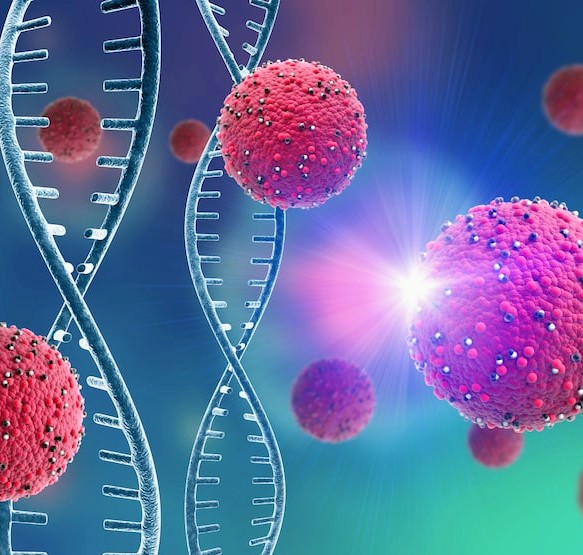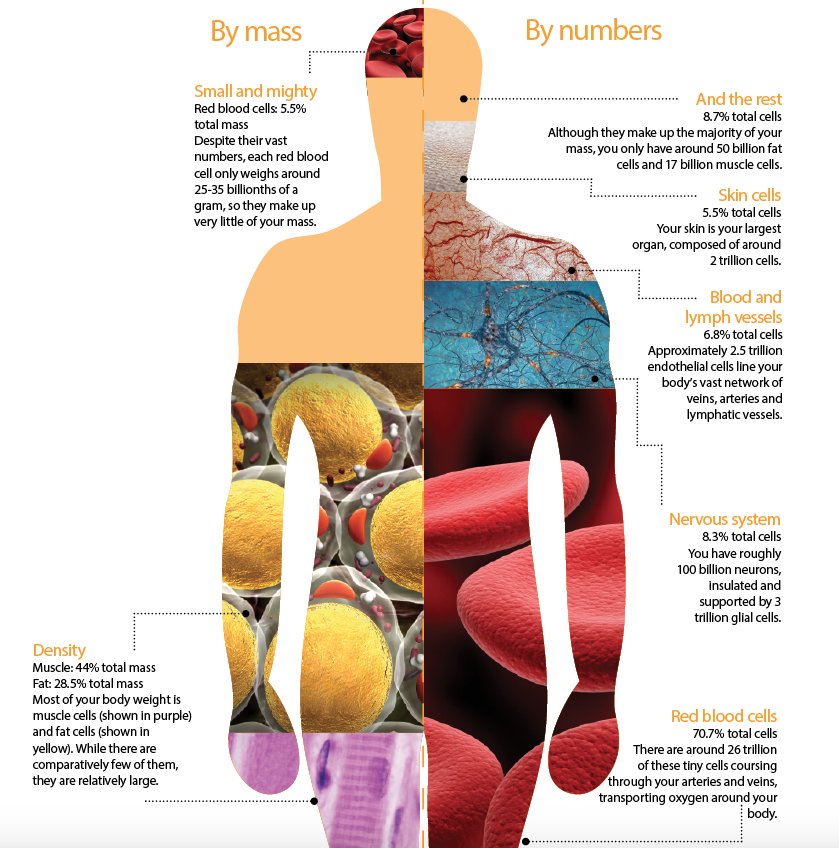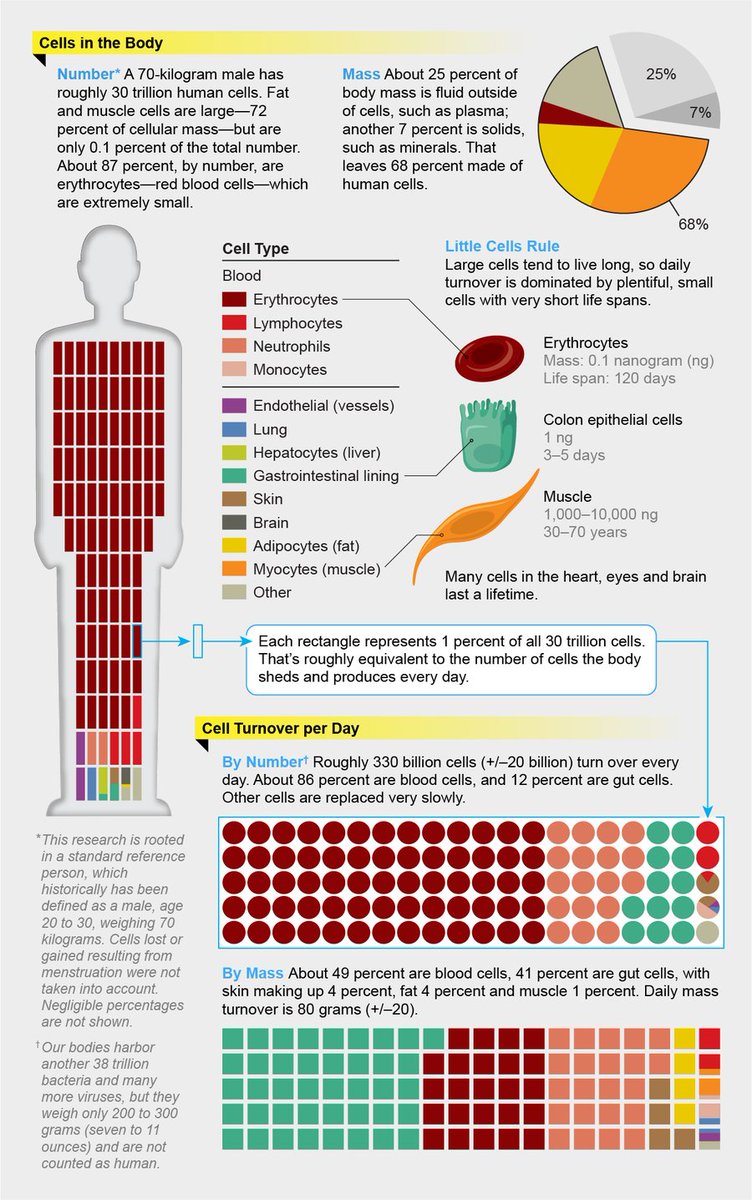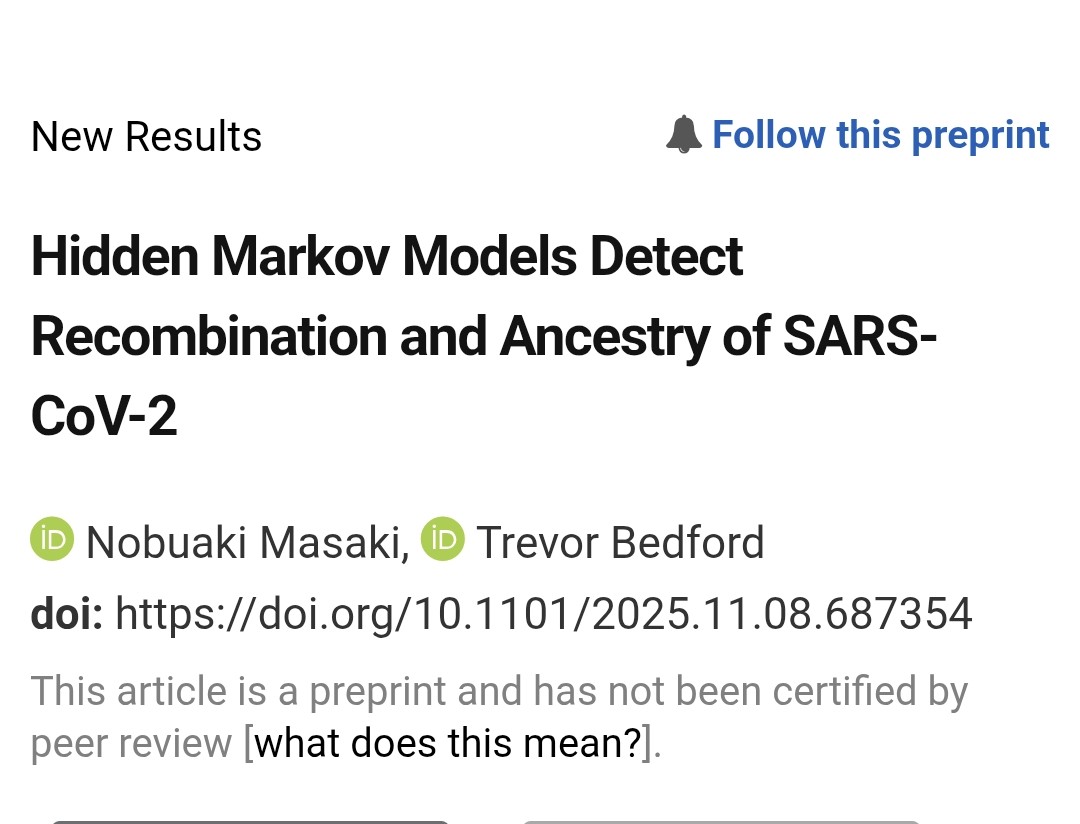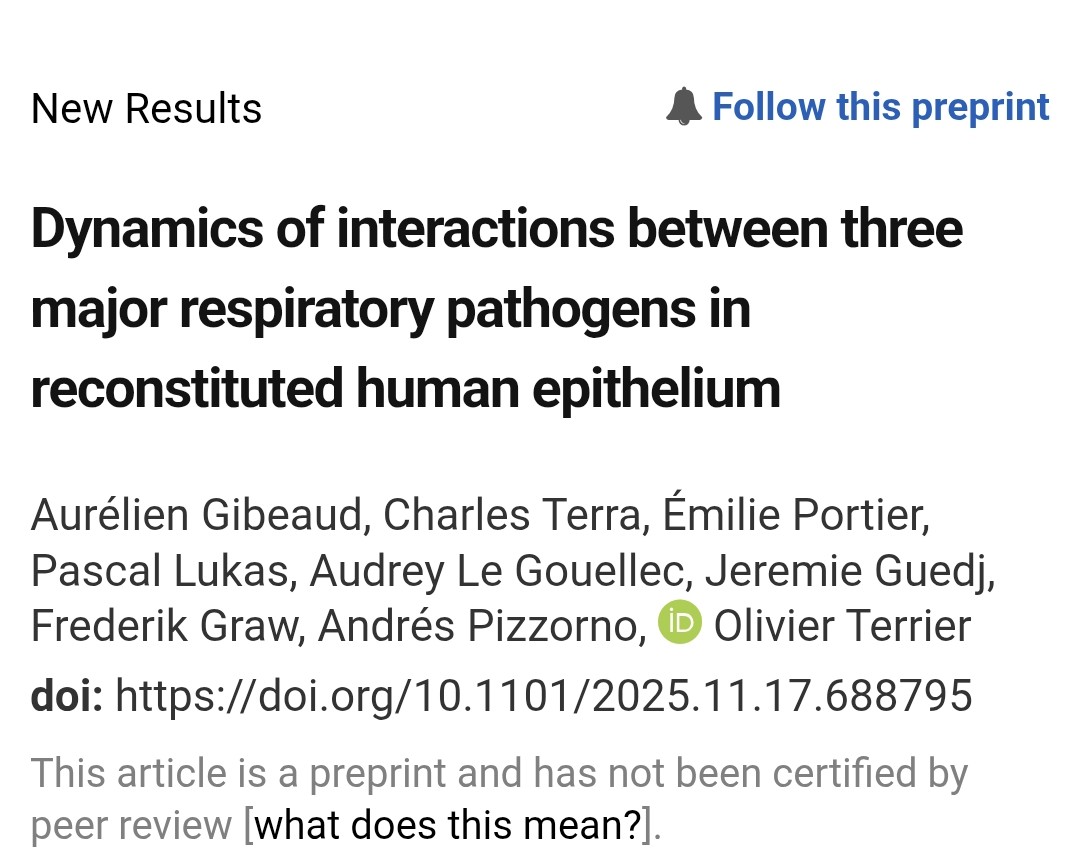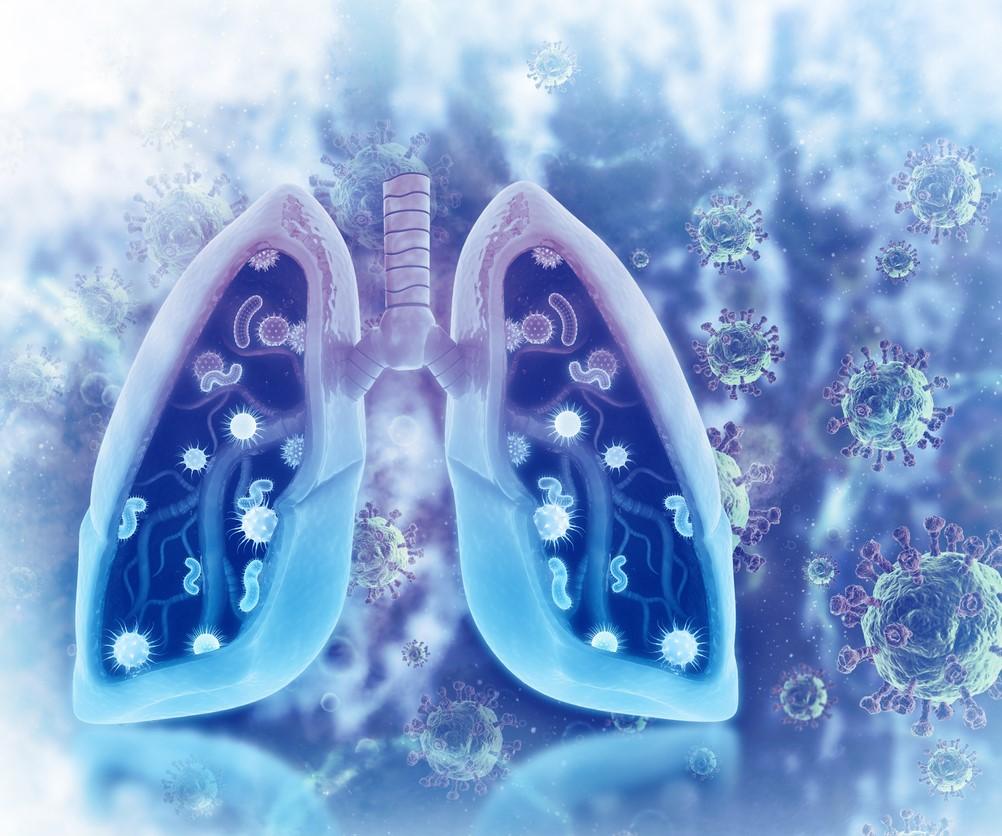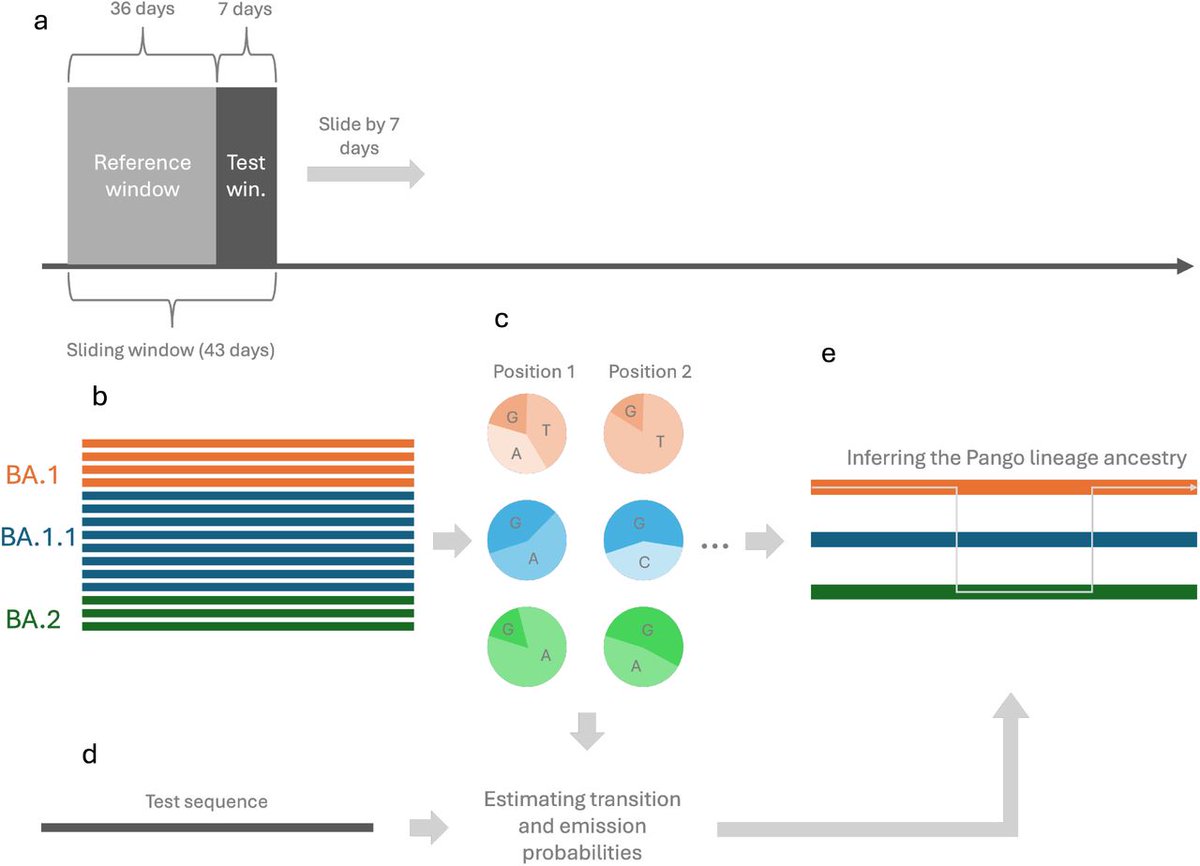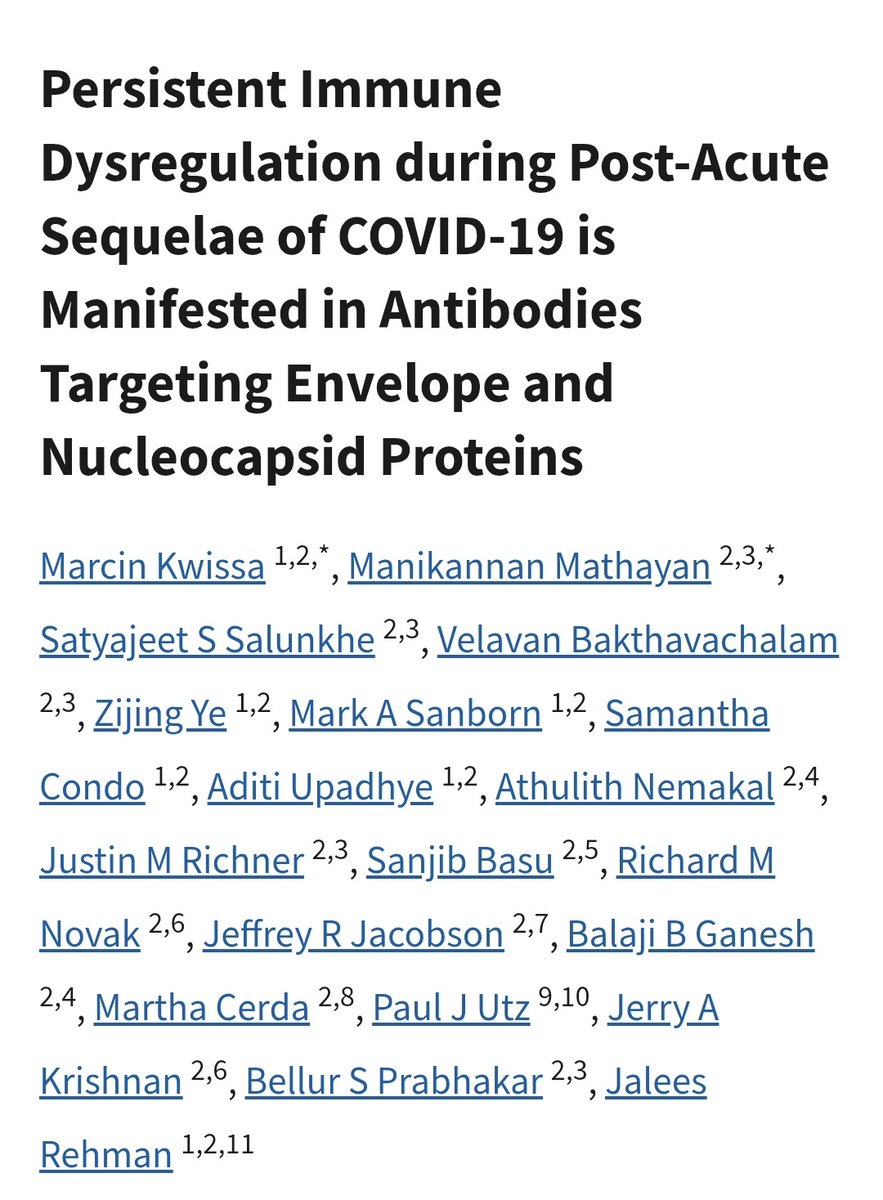DUAL BINDING of H5N1 to BOTH AVIAN and HUMAN-TYPE RECEPTORS !!! 🥵🥵🥵
Thanks to @DavidJoffe64 and @jlerollblues
nature.com/articles/s4158…

Thanks to @DavidJoffe64 and @jlerollblues
nature.com/articles/s4158…

2) The researchers studied this cow flu virus in mice and ferrets, which are common animal models used to understand flu viruses. They found that the cow flu virus can make these animals very sick, and it is able to spread throughout their bodies, including to the eyes ... 

3) ... mammary glands, and muscles.
Importantly, the researchers also found that this cow flu virus is able to bind to both the bird-like and human-like receptors that flu viruses use to infect cells. Previous bird flu viruses could only bind to the bird-like receptors.
Importantly, the researchers also found that this cow flu virus is able to bind to both the bird-like and human-like receptors that flu viruses use to infect cells. Previous bird flu viruses could only bind to the bird-like receptors.

4) This ability to bind to human-like receptors means the cow flu virus may be able to more easily infect and spread between people, compared to past bird flu viruses. The virus also showed some ability to spread between ferrets through the air, though not as efficiently ... 

5) ...as a normal human flu virus.
Overall, these findings suggest this new cow flu virus has acquired concerning features that could make it more likely to cause a human flu pandemic, compared to previous bird flu viruses.
Overall, these findings suggest this new cow flu virus has acquired concerning features that could make it more likely to cause a human flu pandemic, compared to previous bird flu viruses.

6) The researchers emphasize the need for further close study, especially of any human cases that may arise from the current cow outbreak.
Thanks for reading 🙏
Thanks for reading 🙏

• • •
Missing some Tweet in this thread? You can try to
force a refresh


